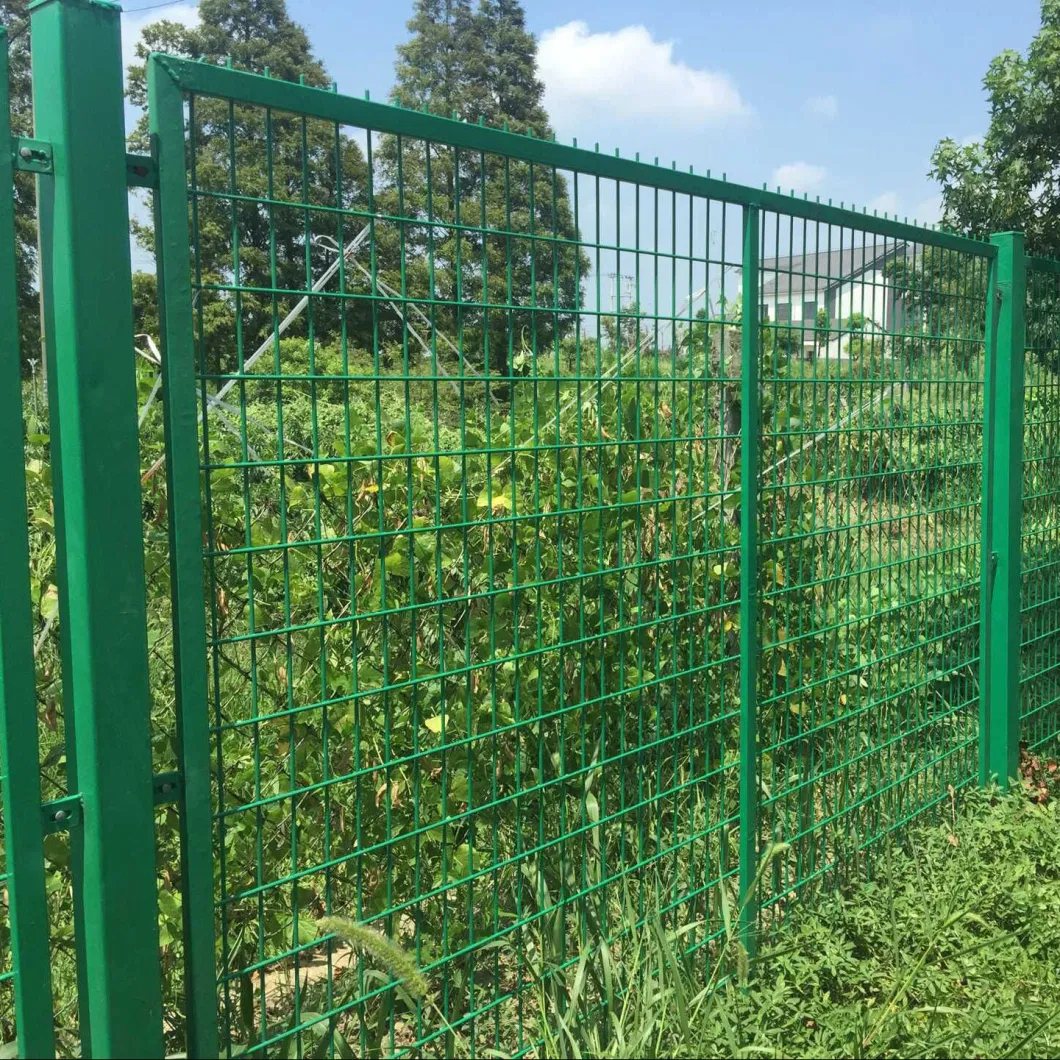Understanding the Acoustic Sound Barrier A Comprehensive Guide
In our increasingly noisy world, sound pollution has become a major concern for urban dwellers. The incessant sounds from traffic, construction, and other sources can adversely affect our quality of life, mental health, and even physical well-being. To combat this noise pollution, acoustic sound barriers have emerged as an effective solution. This article delves into the concept of sound barriers, their mechanisms, applications, and the innovations shaping their future.
What is an Acoustic Sound Barrier?
An acoustic sound barrier is a structure designed to reduce or block sound from one area to another. These barriers are commonly employed along highways, railways, and in industrial settings to minimize noise pollution impacting nearby residential areas. Typically made from materials that absorb or reflect sound, these barriers can take various forms, including walls, fences, and earth mounds.
How Do Sound Barriers Work?
The primary function of a sound barrier is to interrupt the path of sound waves. When sound waves encounter a solid object, part of the energy is reflected back, while some may be absorbed, and a fraction may pass through. The effectiveness of a sound barrier depends on several factors, including its height, length, material composition, and the frequency of the sound being blocked.
1. Height and Length For a sound barrier to be effective, it must be sufficiently tall and long. The general rule of thumb is that a barrier should be at least one-third the height of the sound source to achieve optimal sound reduction.
2. Material Composition Common materials used in sound barriers include concrete, steel, and specialized acoustic panels. Each material has different acoustic properties, and the choice of material will depend on the specific requirements of the area where it is deployed.
3. Frequency of Sound Low-frequency sounds (like those from heavy trucks) are more challenging to block than high-frequency sounds (like voices). As such, the design of the sound barrier may be tailored to tackle specific noise challenges based on local conditions.
Applications of Acoustic Sound Barriers
ac sound barrier

Acoustic sound barriers are utilized in various settings, including
- Highways and Roads To shield residential areas from the noise generated by vehicular traffic. - Railway Tracks To minimize disturbances from trains passing through populated regions. - Industrial Sites To protect nearby communities from the sounds of machinery and operations in factories. - Urban Areas As part of public infrastructure projects, sound barriers can greatly improve quality of life for city residents.
Innovations in Acoustic Sound Barriers
Recent advancements in technology and materials are leading to more effective and aesthetically pleasing sound barriers. Some notable innovations include
1. Green Barriers These consist of natural elements such as vegetation integrated with sound-absorbing materials. Green barriers not only reduce noise but also improve air quality and enhance the visual appeal of areas where they are installed.
2. Smart Sound Barriers The use of sensors and real-time monitoring systems has become more prevalent. These smart barriers can adaptively respond to varying noise levels, providing more dynamic solutions to noise management.
3. Advanced Materials Researchers are continuously developing new acoustic materials that are lighter, more effective, and environmentally friendly. The use of recycled materials and sustainable practices in the production of sound barriers is also gaining traction.
Conclusion
Acoustic sound barriers play a crucial role in modern urban planning and noise management. They provide effective solutions to combat noise pollution, ensuring that communities can enjoy a higher quality of life amidst the hustle and bustle of city living. As technology continues to evolve, the next generation of sound barriers promises not only enhanced acoustic properties but also greater environmental benefits. By integrating innovative designs and sustainable materials, we can create urban environments that are both quieter and more harmonious with nature.
In summary, acoustic sound barriers are an essential tool in our fight against noise pollution, reflecting a growing awareness of the importance of sound in our daily lives. This awareness will lead to more effective strategies for noise abatement, ultimately making our world a better, quieter place to live.
-
Trusted Expanded Metal Mesh For All Projects
NewsMay.08,2025
-
Stainless Steel Expanded Metal for Versatile Uses
NewsMay.08,2025
-
Reliable Steel Grating Choices
NewsMay.08,2025
-
Perforated Sheet Metal for Every Need
NewsMay.08,2025
-
Heavy Duty Expanded Metal Mesh for Robust Solutions
NewsMay.08,2025
-
Expanded Aluminum Metal for Versatile Applications
NewsMay.08,2025
Subscribe now!
Stay up to date with the latest on Fry Steeland industry news.

